Long before streaming services and the “skip intro” button, TV theme songs were an art form all their own. Those catchy melodies and memorable lyrics became the soundtrack to our evenings, gathering the family around that wooden console television set for appointment viewing. Even decades later, just a few notes from these iconic tunes can transport us back to shag carpeting, TV dinners, and simpler times when everyone watched the same shows – and hummed the same tunes the next day.
1. “The Brady Bunch” (1969-1974)
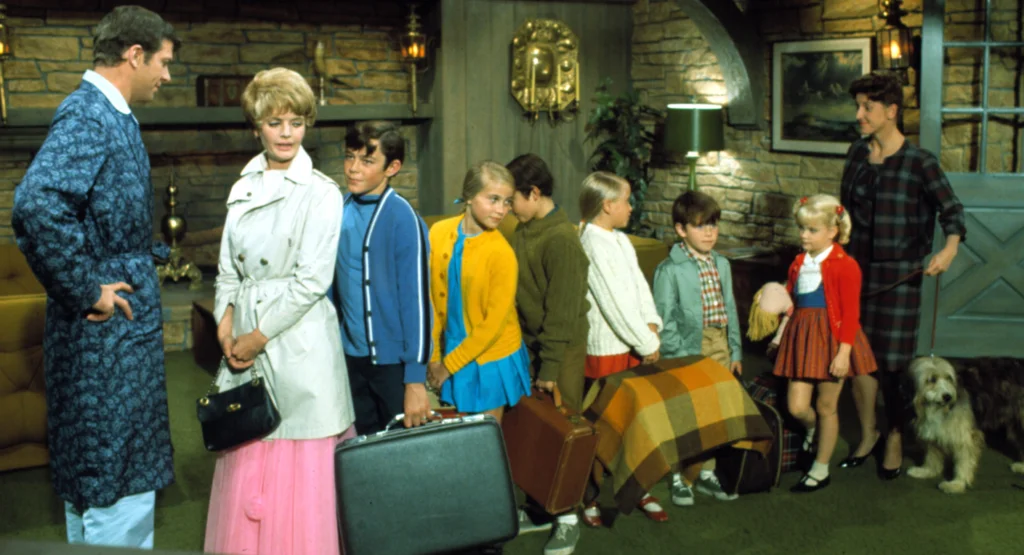
“Here’s the story of a lovely lady…” – those opening words alone probably triggered the rest of the song to play in your head, complete with the tic-tac-toe visual of the blended family. This earworm, written by show creator Sherwood Schwartz, brilliantly accomplished what any good theme song should do – it efficiently explained the entire premise of the show in under a minute. The theme’s popularity has endured far beyond the show’s original run, becoming a cultural touchstone that’s been parodied and referenced in countless movies, commercials, and other TV shows. For even more secrets about this iconic program, Mental Floss has assembled a bunch of fun facts even the biggest fan might not know.
The genius of “The Brady Bunch” theme was its straightforward storytelling approach, making it impossible to forget the show’s central concept even decades later. Those bouncy, upbeat notes and the memorable final line – “That’s the way we all became the Brady Bunch!” – created an instant sense of warmth and family togetherness that perfectly matched the show’s wholesome values. For many of us who grew up during this era, we can still sing every word without missing a beat, proving that some melodies truly become part of our collective consciousness.
2. “Mission: Impossible” (1966-1973)
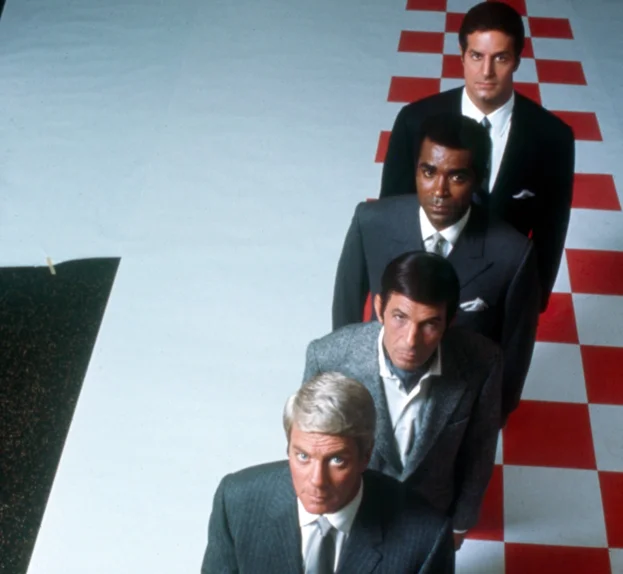
That urgent, pulsating rhythm immediately sets your heart racing, instantly recognizable from just the first few notes. Composed by Lalo Schifrin, this instrumental masterpiece with its distinctive 5/4 time signature and driving bongo drums perfectly captured the high-stakes espionage world of the Impossible Missions Force. The theme became so synonymous with suspense and intrigue that it’s been used in countless scenarios where someone is attempting something challenging – from tackling household chores to undertaking complex projects at work. CBC has some additional pieces of trivia that will wow even the boldest daredevil, should you choose to learn them.
The continued use of this theme in the blockbuster film franchise starring Tom Cruise has introduced it to entirely new generations, cementing its place in pop culture history. That self-destructing tape introduction – “Your mission, should you choose to accept it” – followed by those iconic notes created a perfect mini-ritual for viewers settling in for their weekly dose of spy action. Even without lyrics, the composition communicated everything you needed to know about the show: danger, sophistication, and edge-of-your-seat thrills that kept us coming back week after week.
3. “All in the Family” (1971-1979)
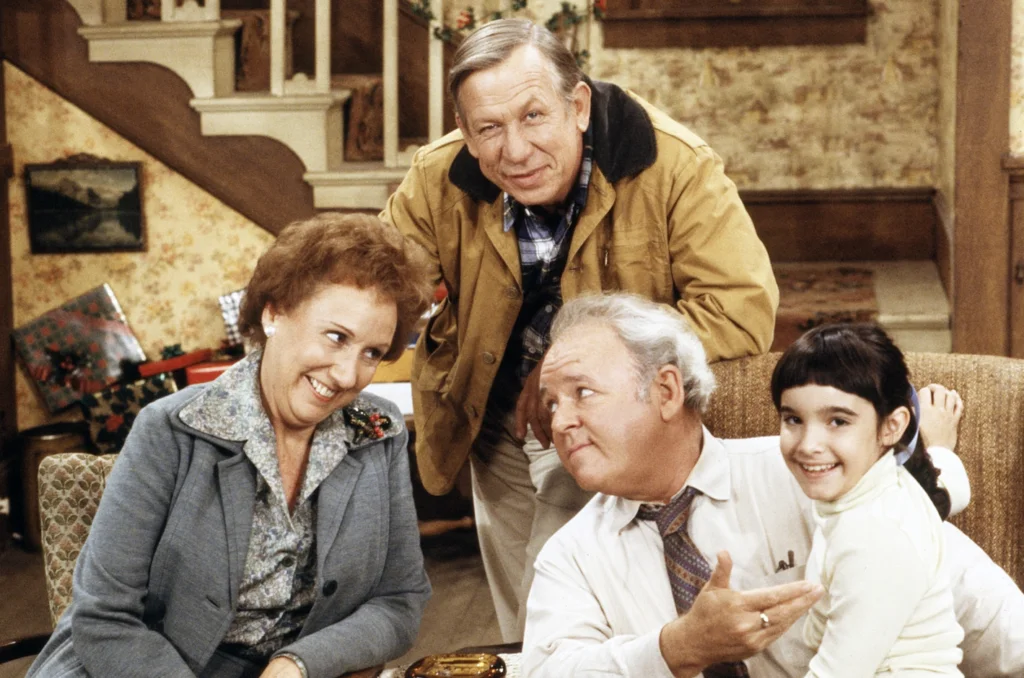
“Boy, the way Glenn Miller played, songs that made the hit parade…” – those nostalgic lyrics, sung by Carroll O’Connor and Jean Stapleton as Archie and Edith Bunker, perfectly set the tone for a show that contrasted old-fashioned values with changing times. The theme song “Those Were the Days” captured Archie’s yearning for a simpler past, while the show itself confronted the social changes of the 1970s head-on. That memorable high note that Stapleton hit on “Gee, our old LaSalle ran great” could shatter glass, but it also endeared viewers to Edith’s character from the very first episode. According to MeTV, this song even rocketed up on the music charts, so powerful was its hold over listeners.
Perhaps no other theme song of the era so perfectly encapsulated the essence of its show – nostalgic, slightly out of tune, and charmingly imperfect. The visual of Archie and Edith seated at their spinet piano, belting out this tune about the “good old days” became a Sunday night ritual for millions of American families. The authenticity of their unpolished performance made the Bunkers feel like real people rather than actors, helping to forge the deep connection viewers felt with this breakthrough series that wasn’t afraid to tackle difficult social issues.
4. “Hawaii Five-O” (1968-1980)
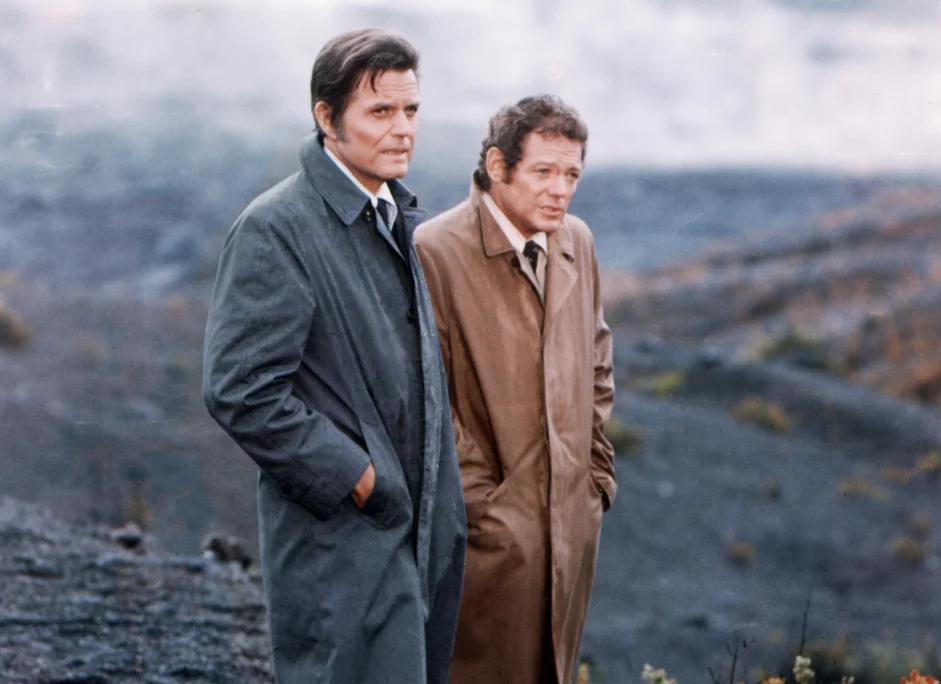
With its crashing wave opening and brassy, surf-rock instrumental composition, this theme song by Morton Stevens instantly transported viewers to the exotic shores of Hawaii every week. The driving percussion and unforgettable trumpet fanfare created a sense of urgency and action that perfectly matched the police procedural format. The instrumental theme became so popular it even reached #4 on the Billboard charts when recorded by The Ventures in 1969, a rare crossover success for a TV theme.
The show’s iconic catchphrase – “Book ’em, Danno” – may be what people quote, but it’s those opening notes that truly signal Hawaii Five-O to fans. The theme’s enduring popularity was confirmed when it was faithfully preserved for the 2010 reboot series, proving that some compositions are simply too perfect to improve upon. Even those who never watched a single episode can likely recognize the tune, testament to how thoroughly it penetrated American pop culture during an era when television served as our shared national experience.
5. “The Mary Tyler Moore Show” (1970-1977)
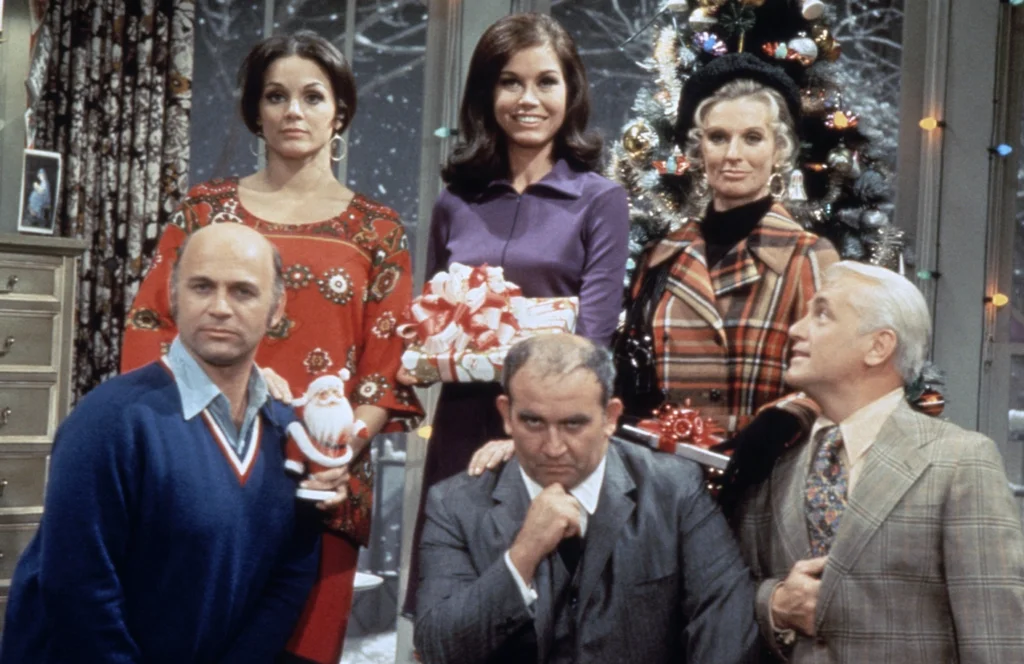
“Who can turn the world on with her smile?” – this uplifting anthem to independence and possibility captured the spirit of women’s changing roles in the 1970s. Sung by Sonny Curtis, “Love Is All Around” became a theme song for a generation of women who, like Mary Richards, were forging new paths in their careers and personal lives. The lyrics evolved slightly after the first season, changing from “You might just make it after all” to the more confident “You’re gonna make it after all,” reflecting both Mary’s journey and the growing women’s movement.
Nothing captures the joyful spirit of this theme better than that iconic hat toss in the opening credits – a spontaneous moment filmed in Minneapolis that became one of television’s most recognizable images. The theme song’s optimistic melody matched the show’s groundbreaking approach: addressing serious topics with warmth and humor while featuring a single career woman as its central character. For many viewers, those opening notes still evoke not just a beloved show, but the spirit of a pivotal time when everything seemed possible and change was in the air.
6. “Gilligan’s Island” (1964-1967)
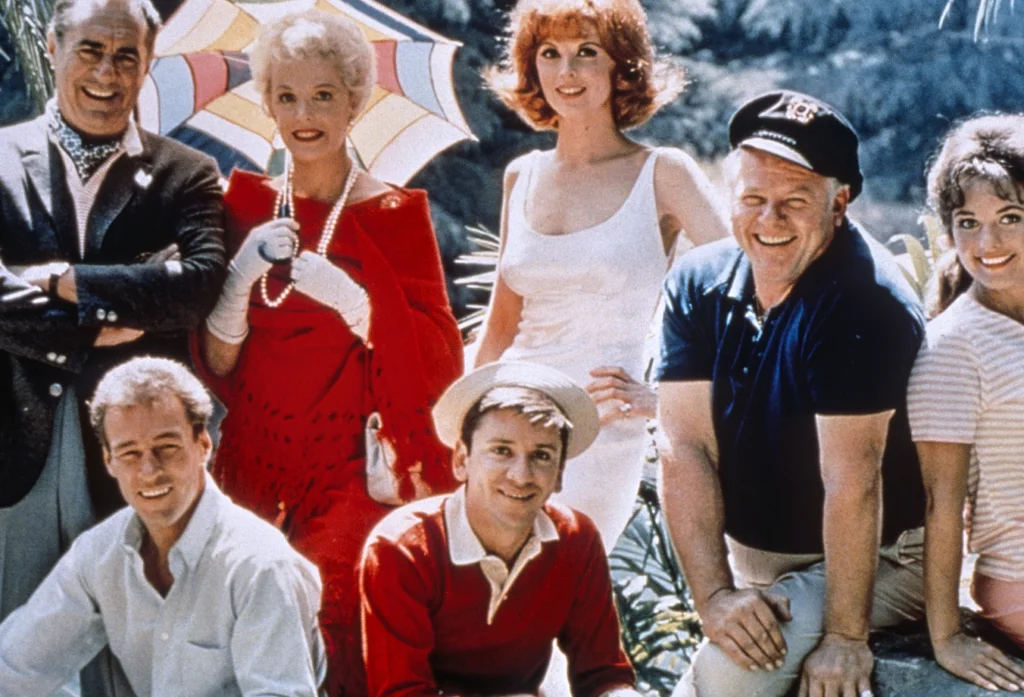
“Just sit right back and you’ll hear a tale, a tale of a fateful trip…” – another Sherwood Schwartz creation that brilliantly used a theme song to establish the entire premise of the show. The sea shanty-style tune efficiently introduced each character and explained exactly how these seven castaways ended up on that uncharted desert isle. The catchy melody became so embedded in popular culture that people who’ve never watched a single episode can often recite every word, including the famous revision that finally gave the Professor and Mary Ann proper billing instead of being relegated to “and the rest.”
The shipwrecked scenario presented in those cheerful opening notes created an instant framework for the fish-out-of-water comedy that followed, with the upbeat tune contrasting humorously with the castaways’ predicament. Even the animated opening credits with their cartoon depiction of the S.S. Minnow being tossed by a storm became instantly recognizable to television viewers across America. This theme song’s enduring place in popular culture proves that sometimes the simplest concepts, when paired with an unforgettable melody, create television magic that lasts far beyond a show’s original run.
7. “The Andy Griffith Show” (1960-1968)
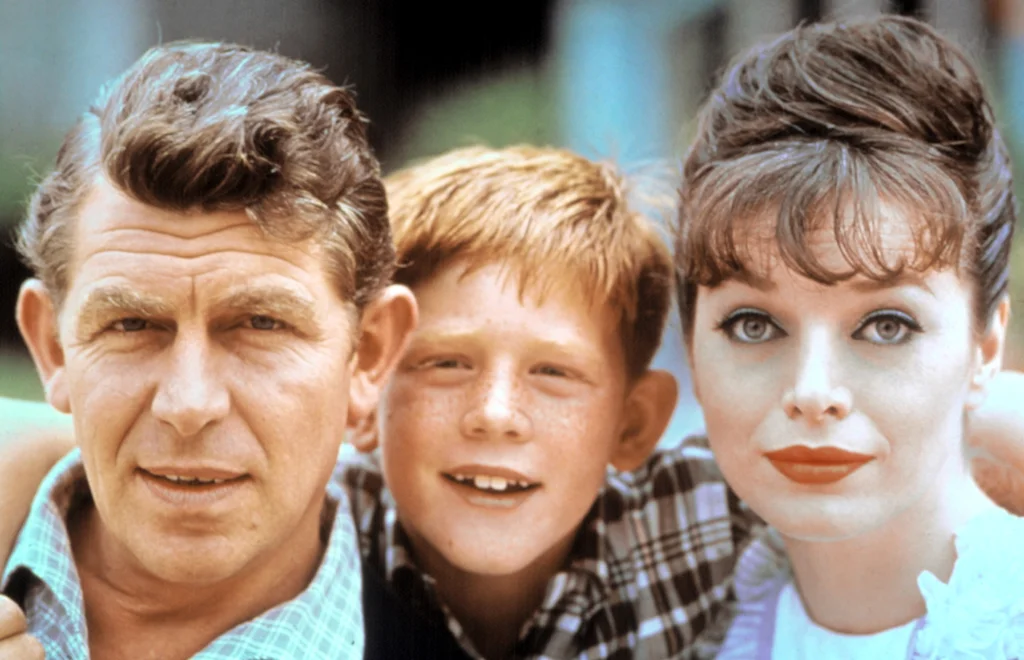
That whistled tune – officially titled “The Fishing Hole” – instantly conjures images of Andy and Opie walking to their favorite fishing spot, fishing poles over their shoulders. Composed by Earle Hagen (who performed the whistling himself) and Herbert Spencer, this laid-back melody perfectly captured the unhurried pace and wholesome values of life in fictional Mayberry. The cheerful whistling conveyed a sense of contentment and simplicity that matched the show’s portrayal of small-town America, making viewers feel they were being welcomed into a familiar, comfortable place each week.
Perhaps more than any other theme song of the era, this tune has become synonymous with nostalgia for a simpler America – whether that America ever truly existed or not. The complete absence of lyrics allowed the melody to speak for itself, creating a sense of peaceful Americana that continues to resonate with generations of viewers. For many families who watched the show during its original run and subsequent decades of reruns, those whistled notes signal not just a beloved show but a kind of cultural touchstone representing community, family values, and simpler pleasures.
8. “The Twilight Zone” (1959-1964)

Those eerie, unsettling notes – composed by Marius Constant – have become universal shorthand for anything strange, unexpected, or just plain weird in everyday life. Though the series actually used different theme music during its first season, it’s the later, more recognizable four-note motif that has penetrated our collective consciousness and continues to be referenced whenever something unexplainable occurs. The sparse, electronic sound was revolutionary for its time, utilizing theremin-like effects to create an atmosphere of suspense and unease that perfectly set the stage for Rod Serling’s mind-bending stories.
Combined with Serling’s unforgettable opening narration – “You’re traveling through another dimension…” – the theme created an instant mood shift in living rooms across America, signaling viewers to prepare for something beyond ordinary experience. The genius of this theme was its simplicity – just a few notes that somehow managed to evoke the uncanny and mysterious better than any elaborate composition could have. Even people born decades after the show ended can immediately identify those notes and what they represent – a rare achievement for any piece of television music.
9. “Star Trek” (1966-1969)
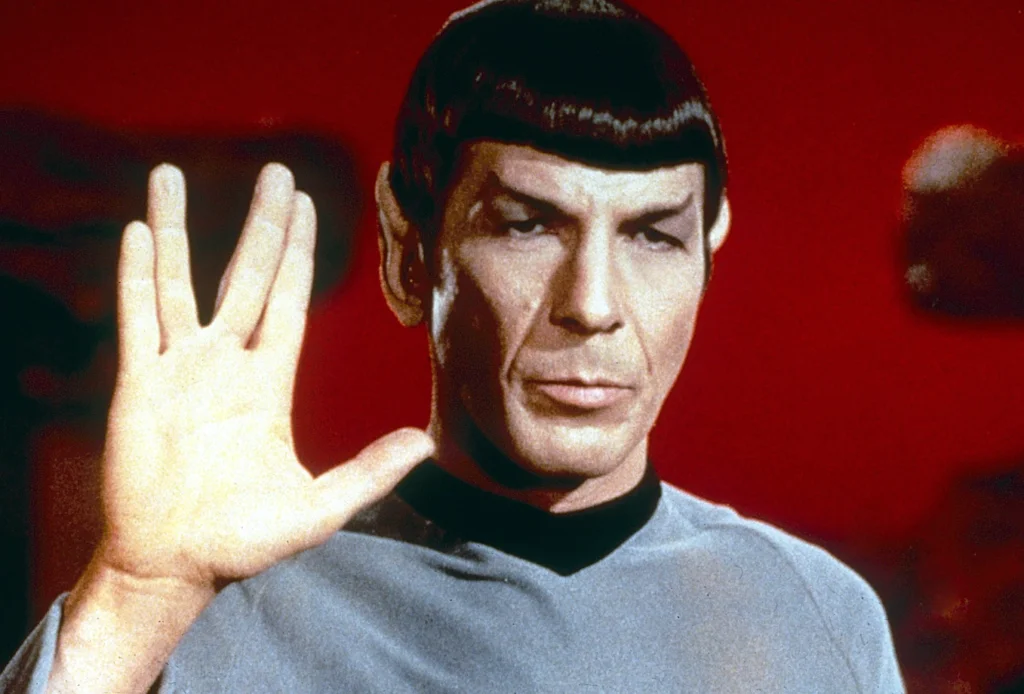
Alexander Courage’s sweeping orchestral theme, with its soaring female soprano voice (performed by Loulie Jean Norman), captured the wonder and grandeur of space exploration perfectly. The theme’s introduction by Captain Kirk’s famous “Space: the final frontier” monologue created a ritual that fans cherished, setting the stage for each episode’s voyage into the unknown. The composition brilliantly balanced a sense of dignity and importance with the excitement and adventure that the show promised, helping establish Star Trek as something more meaningful than typical science fiction of the era.
What’s remarkable about this theme is how it evolved from a cult favorite to a cultural touchstone as the franchise grew in popularity through reruns and subsequent series. The melody conveys both optimism and solemnity – a perfect match for creator Gene Roddenberry’s vision of a hopeful future where humanity’s best qualities would lead us to the stars. For millions of fans, those first few notes instantly trigger not just memories of a television show, but of an entire philosophy about humanity’s potential and the possibility of a more enlightened future.
10. “I Dream of Jeannie” (1965-1970)
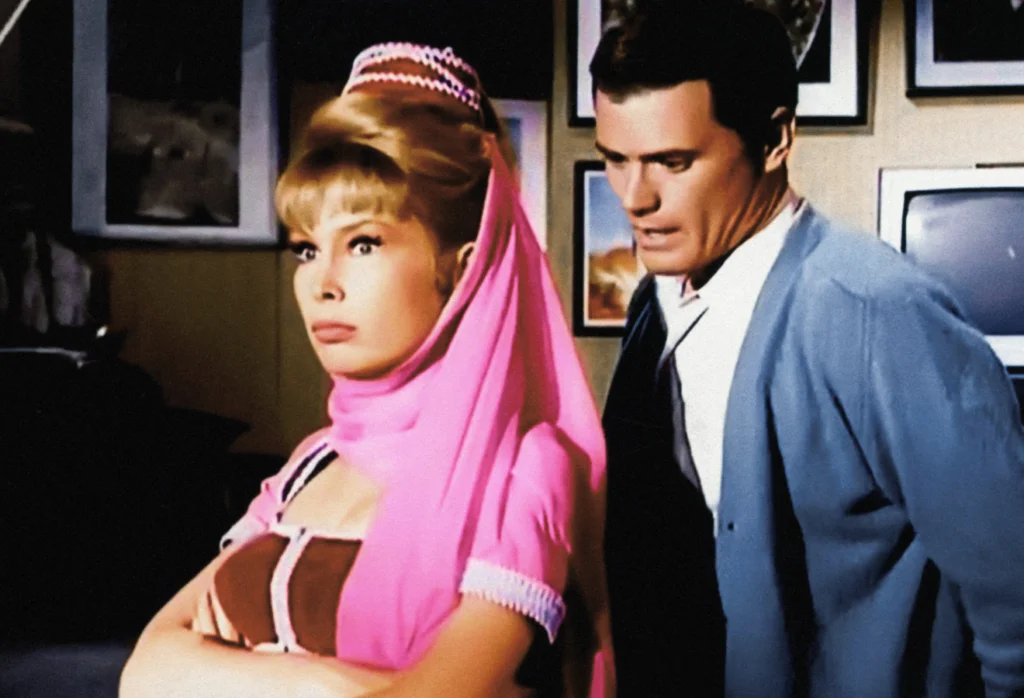
This playful, Middle Eastern-influenced tune by Hugo Montenegro perfectly captured the magical premise and exotic background of its main character. The whimsical melody, featuring distinctive harp glissandos and a bouncy rhythm, evoked the fantasy elements of the show while maintaining a light-hearted, comedic feel. The instrumental theme was perfectly complemented by the animated opening sequence showing Jeannie’s bottle washing ashore, establishing both the backstory and the magical premise in moments.
The theme’s unique sound, with its use of unusual instruments like finger cymbals and Middle Eastern percussion, made it instantly recognizable and distinct from other sitcom themes of the era. Those opening notes immediately transported viewers from their living rooms to a world where magic existed and genies granted wishes with surprising (and often comedic) consequences. Even decades later, the distinctive melody evokes images of Barbara Eden’s iconic costume and the fantasy-comedy world that captivated viewers who needed an escape from the increasingly complicated real world of the late 1960s.
11. “The Addams Family” (1964-1966)
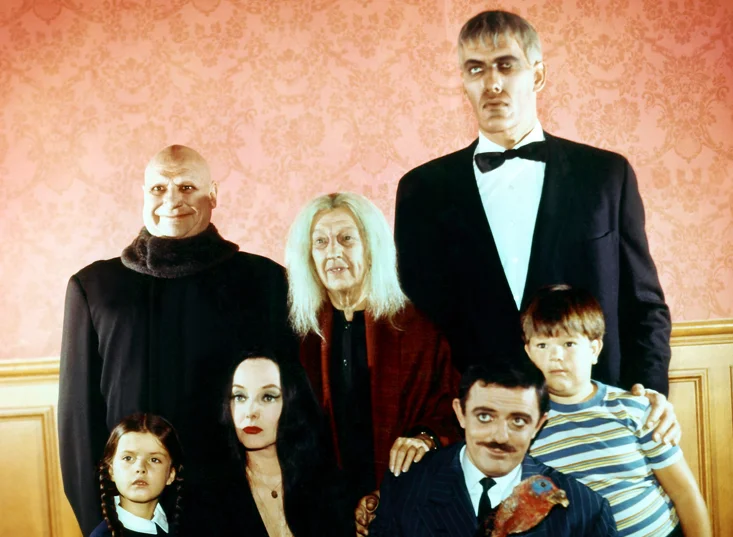
Those iconic finger snaps – just two of them – might be the most recognizable percussion element in television history, instantly identifying this Vic Mizzy composition. The harpsichord-driven theme perfectly captured the show’s macabre-yet-playful tone, with its sing-along chorus of “They’re creepy and they’re kooky, mysterious and spooky…” succinctly introducing the unconventional family. Mizzy not only composed the music but sang the lyrics himself (overdubbing his own voice multiple times), creating the impression of a ghostly chorus introducing this eccentric household.
The theme brilliantly established the show’s central premise – that this bizarre family considers themselves completely normal while the rest of the world seems strange to them. The catchy tune became so associated with the characters that it has followed them through various incarnations, from animated series to feature films, right through to the present day. Even those two simple finger snaps have become a form of cultural shorthand, often used in situations completely unrelated to the show – an impressive legacy for what was, in its original run, a relatively short-lived sitcom competing with similar spooky-comedy rival “The Munsters.”
12. “M*A*S*H” (1972-1983)
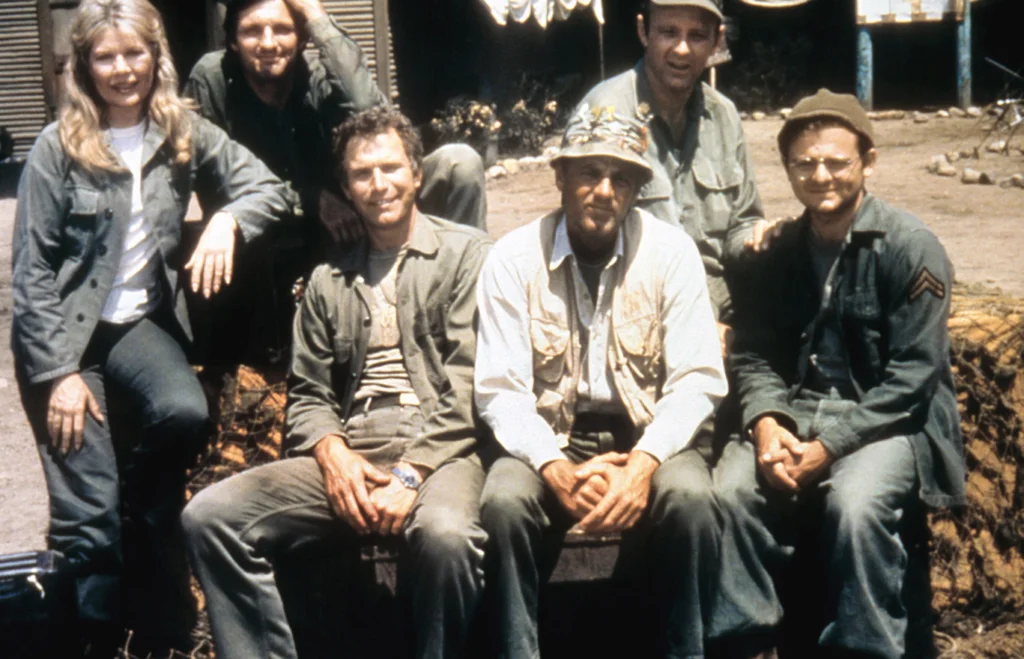
The haunting melody known as “Suicide is Painless” had originally appeared with lyrics in the 1970 film, but the instrumental version used for the television series became one of the most recognizable themes in TV history. Composed by Johnny Mandel, the gentle, melancholy tune provided a perfect counterpoint to the show’s blend of comedy and wartime drama. The sorrowful notes of the theme song reminded viewers of the serious backdrop against which the hijinks of the 4077th took place – the human cost of war that the show never allowed us to forget.
What made this theme particularly effective was how it established the dichotomy at the heart of the series – humor as a coping mechanism for dealing with tragedy. The wistful melody playing over opening credits showing helicopters bringing wounded soldiers created an immediate emotional context that helped the show balance its comedy with deeper messages about war and humanity. For viewers who tuned in faithfully during the show’s 11-year run, those opening notes became a weekly reminder that even in the darkest circumstances, humor and humanity could prevail – a message that continues to resonate with audiences discovering the show decades later.
These theme songs did more than just introduce weekly television programs – they became the soundtrack to our lives, marking time in half-hour and hour-long increments. Even now, a random snippet heard in a grocery store or hummed by a stranger can instantly transport us back to specific moments: family gathered around the television, TV dinners on folding trays, arguments over who got to choose the channel. In many ways, these melodies connect us not just to beloved shows, but to our younger selves and the shared cultural touchstones that defined an era before entertainment became fragmented across countless platforms and devices.


